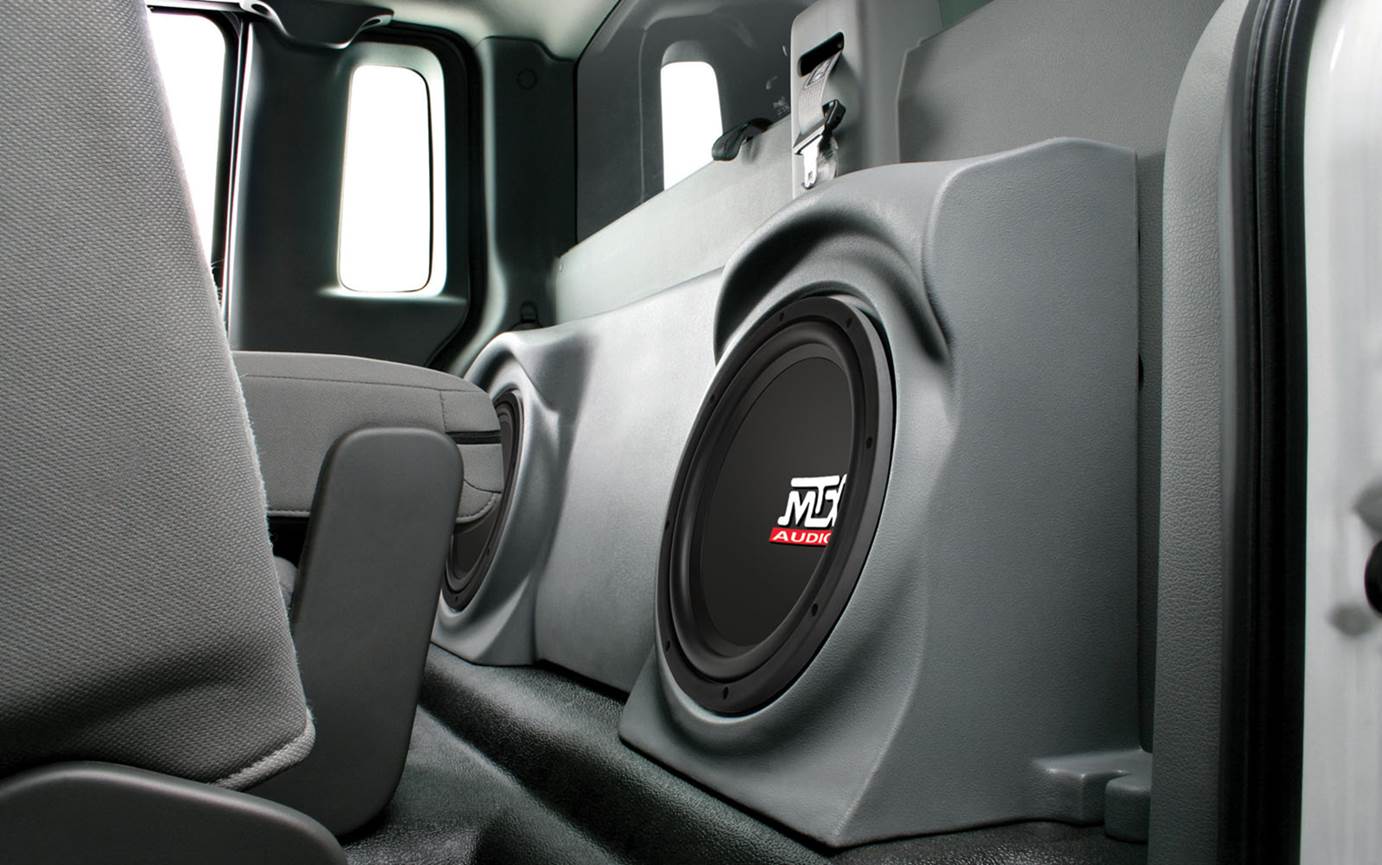Which subwoofer is best for bass?

If you’re a music lover, chances are that you crave the deep, rumbling bass that makes your heart race and your body move. But with so many subwoofers on the market, it can be tough to know which one is truly the best for delivering those low-frequency beats. That’s why we’ve done our research and put together this comprehensive guide to help you find the perfect subwoofer for all your bass needs. From power output to frequency response, we’ll cover everything you need to know about choosing a subwoofer that will take your listening experience to the next level. So sit back, grab some popcorn (or maybe some earplugs!), and get ready to dive into the world of booming bass!
What is a subwoofer?
A subwoofer is a small, dedicated speaker that is designed to reproduce low frequencies. Subwoofers are often used in home theaters and car audio systems to augment the adding a distortion free bass output of other speakers. There are a variety of factors to consider when selecting a subwoofer, including size, power, and price.
Types of subwoofers
There are many types of subwoofers on the market, so which one is right for you?
Portable subwoofers: These are small and lightweight, making them easy to move around. They’re also usually less expensive than other types of subwoofers.
Powered subwoofers: These use an external power source (usually a battery) to produce sound. This means they can be placed anywhere in your home without having to run electrical cords.
Cabinet subwoofers: These are the most common type of subwoofer and are usually large enough to fit into a cabinet. They produce deep bass tones and are perfect for larger rooms or theaters.
How do subwoofers work?
Subwoofers work by producing lower frequencies than the speaker’s normal output. This allows the subwoofer to reproduce deeper bass sounds. They are connected between the speaker and your amplifier, and can be placed anywhere in your room to improve sound quality.
There are a few factors you need to consider when choosing a subwoofer: size, type of enclosure, power and budget. The size of the subwoofer is mostly determined by the space you have available. For example, a smaller subwoofer will fit in a tighter space than a larger one. The type of enclosure affects how powerful the speaker is and how much distortion it produces. A ported enclosure allows more air to flow through it, which results in better bass response and less distortion. Ported enclosures are also louder than sealed enclosures.
On the other hand, an unsported enclosure doesn’t allow any air to flow through it, whichresults in low bass responseand higher distortion levels. Power is important because it determines how loud the speaker will go before it starts to distort. You’ll need to decide if you want an active or passive subwoofer; an active subwoofer requires an amplifier to work, while a passive subwoofer does not. Finally, budget is another factor you’ll need to consider. Expensive subs produce better sound quality than cheaper onesbut they won’t last as long.
What are the benefits of using a subwoofer?
When it comes to audio, bass is everything. a dual voice coil subwoofer helps to provide deep, rumbling lows that can add excitement and power to your music. Here are some of the benefits of using a subwoofer:
-Subwoofers can improve the overall quality of your sound by adding depth and richness to low frequencies.
-They can create an immersive listening experience by filling in the low tones that other speakers may not be able to reproduce properly.
-By boosting bass levels, subwoofers can help to reduce unnecessary noise in noisy environments, making them a great choice for home theaters and gaming setups.
-Finally, subwoofers can be used as a way to improve the accuracy of sound output from your stereo system. By providing additional reinforcement below 100Hz, you can ensure that all of your music will sound its best.
Comparison of different types of subwoofers
There are many types of subwoofers on the market, so it can be hard to decide which one is right for you. In this article, we’ll compare four of the most popular types of subwoofers and give you some information about each one.
First, we have the ported subwoofer. These subs use a large chamber inside of them that allows air to flow in and out freely. This helps to create a more powerful bass response than a sealed subwoofer. Ported subs are also easier to install than sealed subs, because they don’t require any extra plumbing.
Next, we have the home theater subwoofer. These subs are specifically designed for use in home theaters and audio centers. They usually have larger drivers than other types of subs and are built to handle high volumes acoustic noise.
Third, we have the floor standing subwoofer. These subs are typically taller than other types of subs and are designed to be placed on the floor instead of sitting on top of it like ported subs do. They also tend to have smaller drivers than other types of subs, which means they’re better suited for medium-to-low volume applications.
Finally, we have the down firing woofer. These subs use a special type of port that sends vibrations downward instead of outward like traditional ports do. This technology is sometimes called “direct venting.” Down firing woofers produce a deeper bass response than other types of subs and
Conclusion
So, you’ve decided to add a subwoofer to your home theater setup. Great choice! In this article, we’ll help you decide which subwoofer is best for your needs and give you some tips on how to choose the perfect one for your room. We’ll also discuss factors to consider when shopping for a subwoofer, including frequency response, power output, and size. So read on, and let us help you find the perfect bass sound for your home theater system!
